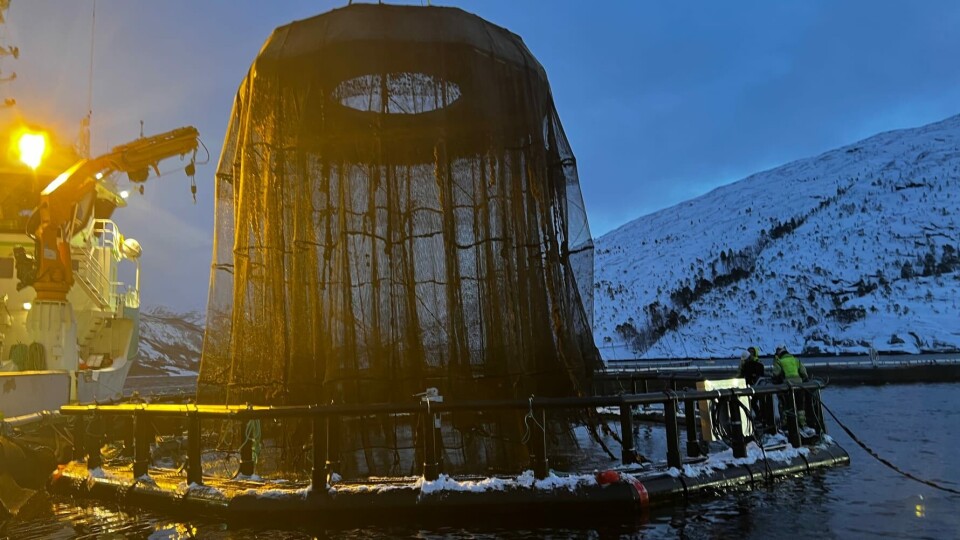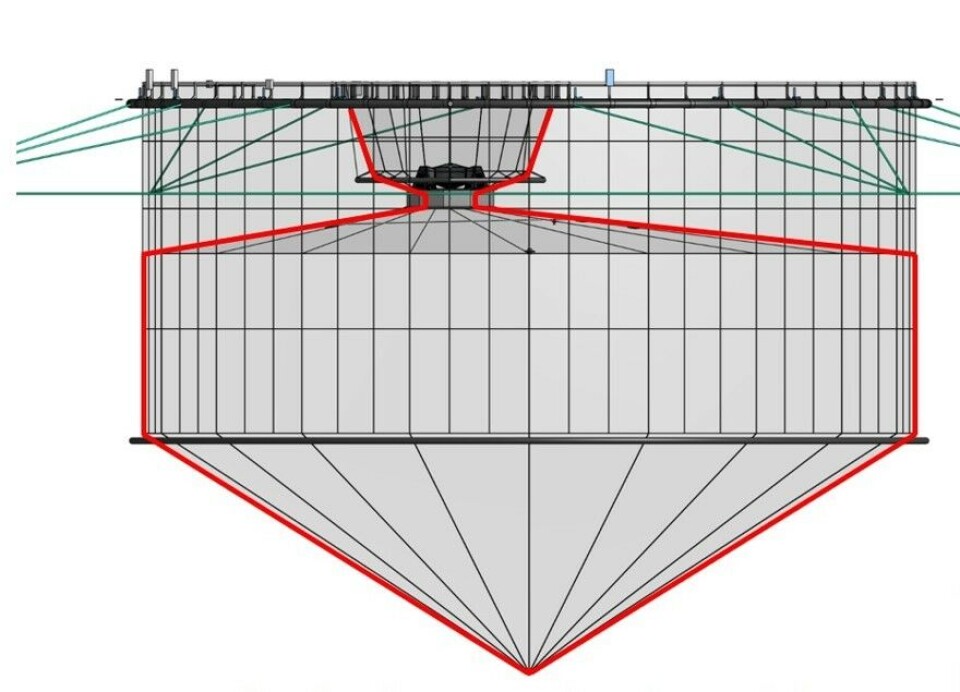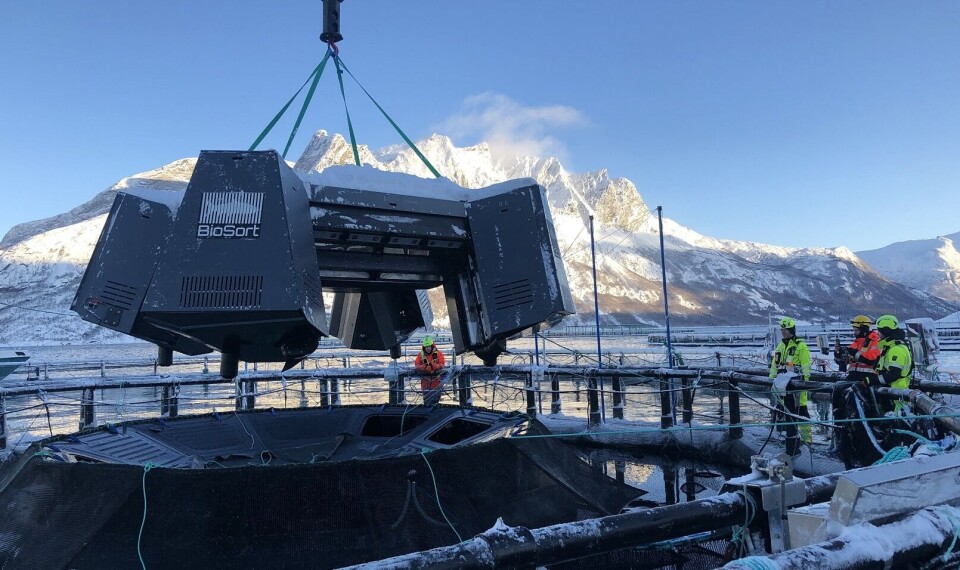
Cermaq harvests first iFarm salmon
Salmon farmer Cermaq has harvested the first fish grown using its iFarm concept, which uses artificial intelligence and machine learning in an effort to identify each individual fish in a pen and give individual follow-up and health records.
Cermaq said the results from the harvest show high quality of the iFarm fish, confirming that the health and welfare of the fish has been good in the iFarm net pens.
The very first iFarm fish were stocked at Cermaq’s Martnesvika sea site in Norway the autumn of 2020.
Five-year project
The iFarm project, which is a collaboration between Cermaq and BioSort, is planned to run over five years. In phase 1, the main task has been adapting the iFarm equipment in the pen to the behaviour of the fish and ensuring that the fish are well and have good welfare.
“The fish behaviour we have observed in phase 1 tells us that the fish are doing fine with the iFarm equipment in the pen. This is further supported by the results from the harvest. The fish have had a good life in the iFarm pens,” said Cermaq’s iFarm project manager, Karl Fredrik Ottem, in a press release.

The iFarm involves the use of a “snorkel” cage in which the fish are kept at a depth of 10 metres, below the depth where most sea lice are found. The iFarm sensor is placed at the entrance to the lice-proof “snorkel” that the fish must swim through to reach the surface to refill their swim bladders with air.
50% less de-lousing
Use of the snorkel nets at Martnesvika reduced the need for de-lousing by 50% in the iFarm pens compared to the conventional pens on the site and scoring of welfare indicators was good throughout the production. Cermaq is hoping for an even bigger lice reduction in phase 2 at its Langøyhovden site in Vesterålen, where all the pens will be iFarm snorkel cages.
The company pointed out that the iFarm project is a development project with a high degree of innovation, and with many uncertainties. The concept cannot be combined with ordinary underwater feeding equipment, and the harvest results showed that there is a need for further development of the underwater feeding system to achieve the same feeding factor that Cermaq normally has.
The first production cycle has also provided important experience in terms of solutions for integration between various main components of the iFarm and how these should be further developed to improve handling operations and daily operations.

Phase 2
Testing of the first version of the iFarm sensor in phase 1 has resulted in important experiences regarding the camera arrangement, lighting, and data processing to enable a health record for each fish. “Checking the fish in real time with cameras from multiple angles tells us more about each fish, but at the same time it requires a lot from the software and hardware solutions we develop,” said Geir Stang Hauge, general manager of BioSort.
The phase 2 development of the iFarm in Vesterålen is using six different sensor houses with different geometric designs, to test which housings the salmon prefer to swim through. “We have learned a lot that we have already implemented in phase 2, and we have received a number of answers that take us to the next step. An important part of the innovation work is to find out what works and what does not work,” said Ottem.
The first iFarm fish have been sent to customers in Europe and Asia.
Cermaq, which is owned by Japanese industrial giant Mitsubishi, is the world’s largest salmon farmer, producing around 184,000 tonnes (whole fish equivalent) in Norway, Canada and Chile.






















































